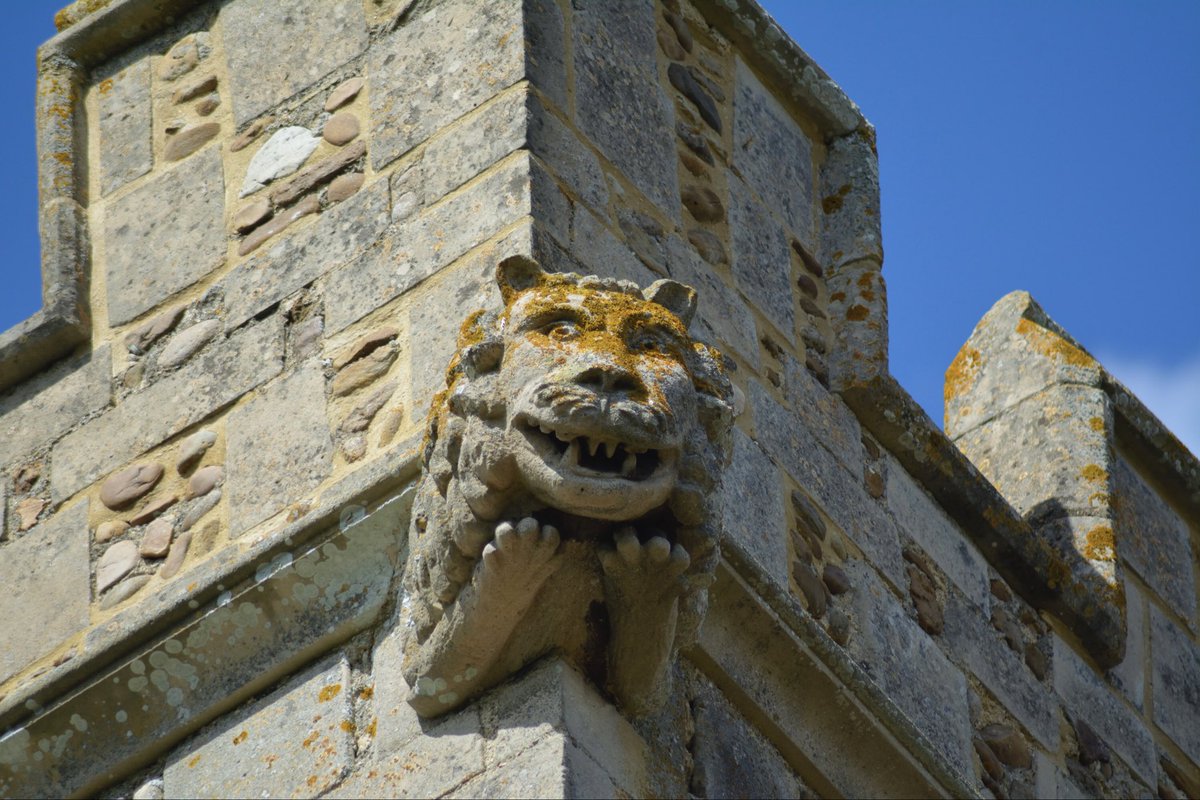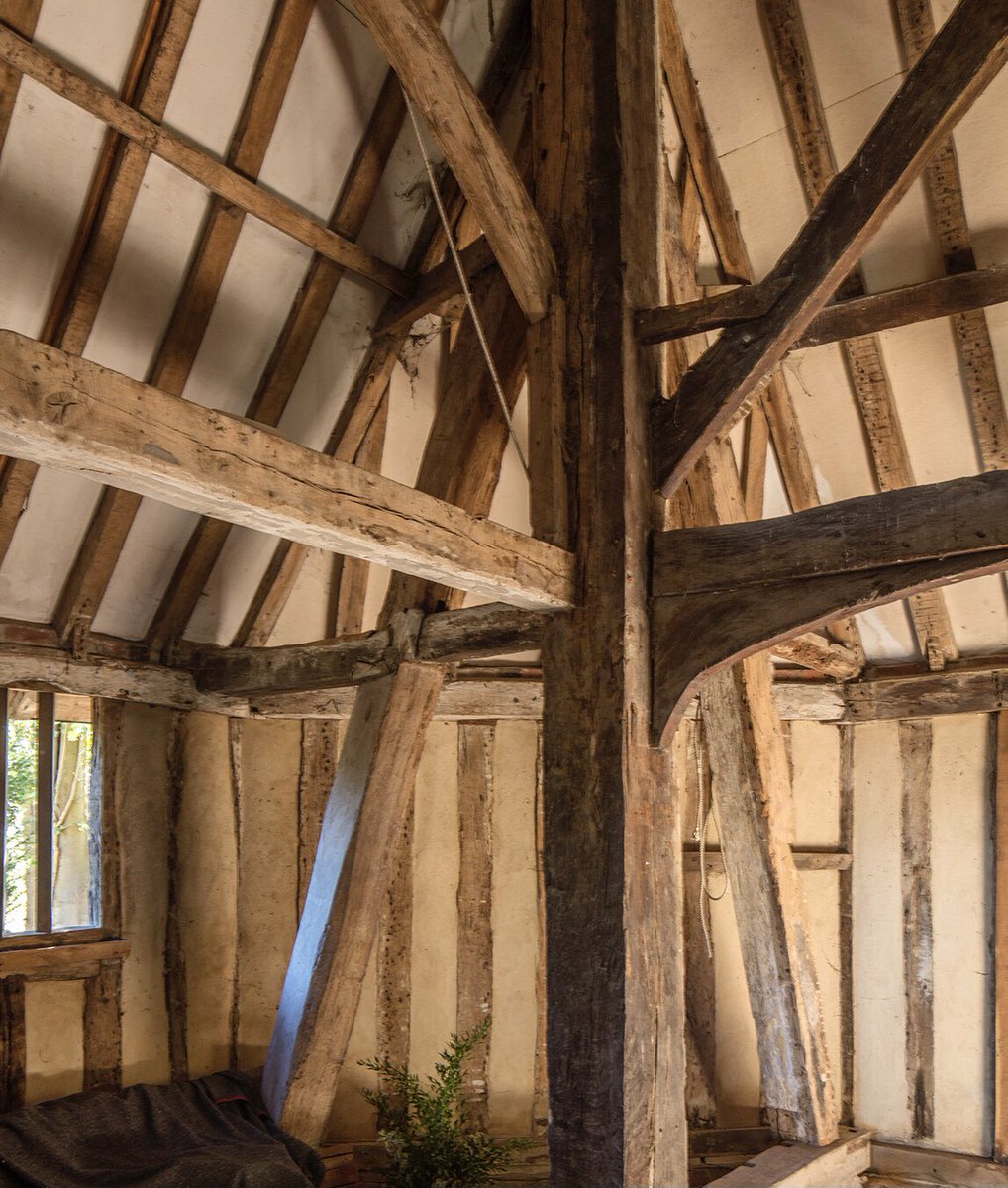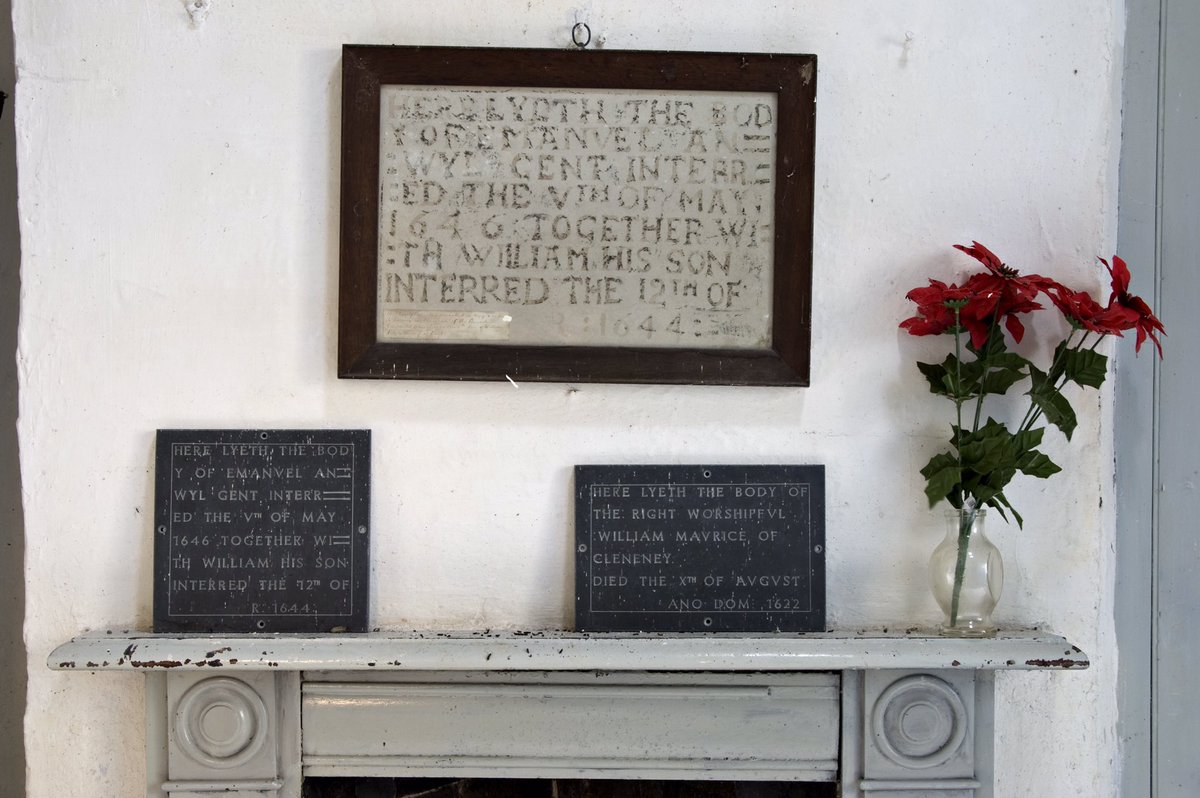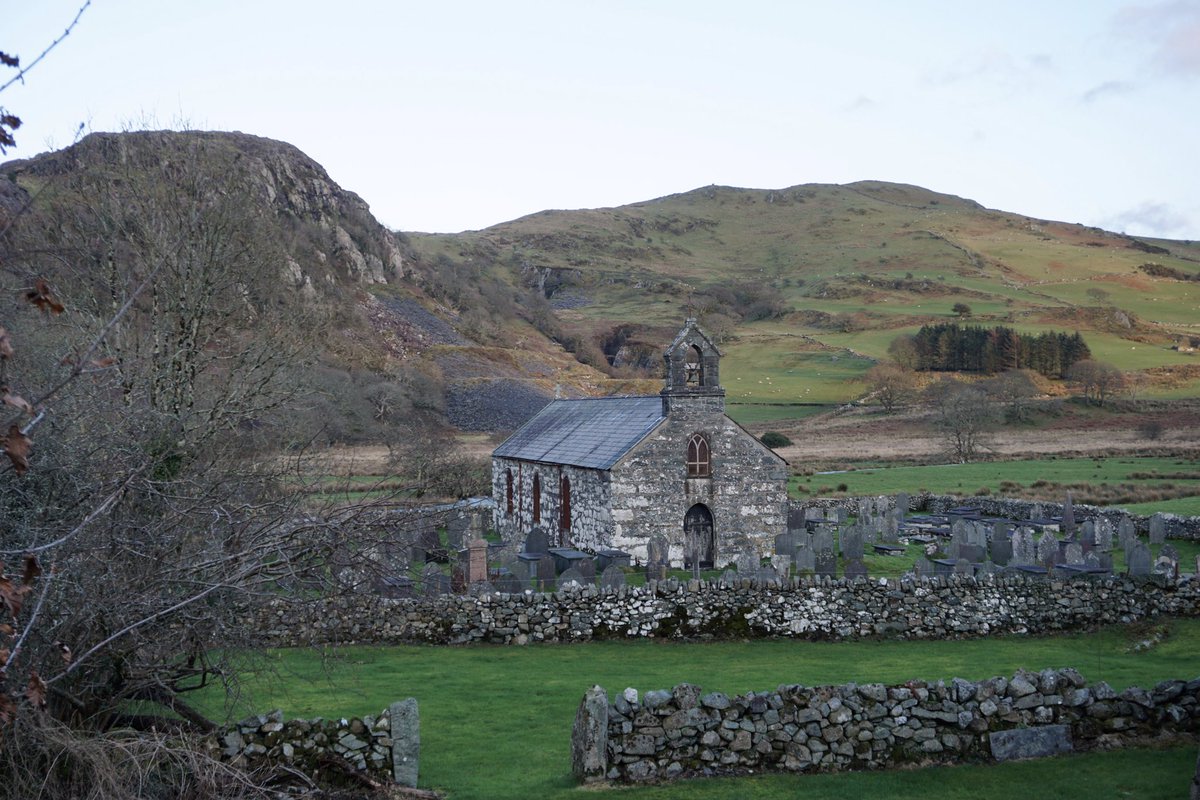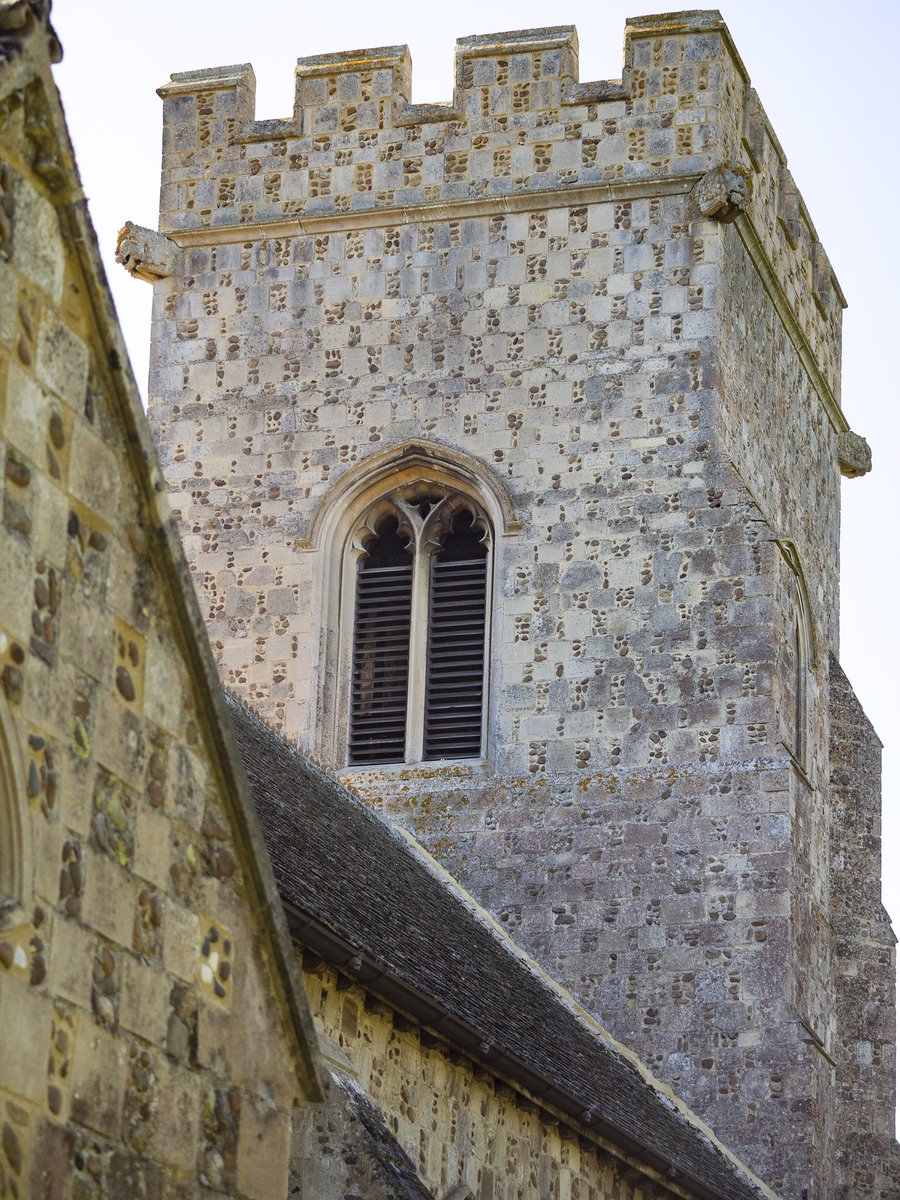
A short update from our Director, Rachel on the churches we hope to save in 2021...
1/2
1/2
Part two of our Director’s update.
... And if you'd like to donate to help us save these churches, here's a handy link:
friendsoffriendlesschurches.org.uk/join-us/make-a…
... And if you'd like to donate to help us save these churches, here's a handy link:
friendsoffriendlesschurches.org.uk/join-us/make-a…
Sorry the format is pinched and the picture is fuzzy... Twitter just wouldn’t work with us on this video!
To see it all in one piece, here’s the YouTube link:
To see it all in one piece, here’s the YouTube link:
@knockmacool Drew, I’m so delighted to be RT’ed by someone in Cork!
• • •
Missing some Tweet in this thread? You can try to
force a refresh






